
What is Popping and Locking? A Beginner's Guide to Funk Styles
- 1. Understanding Popping and Locking
- 2. The History of Funk Dance Styles
- 3. The Technique Behind Popping and Locking
- 4. Tips for Beginner Dancers
- 5. How Creative Edge Dance Studio Can Help
1. Understanding Popping and Locking
Popping and locking are two of the most iconic funk dance styles that originated in the 1970s. These styles are recognized worldwide for their dynamic, sharp movements and rhythmic precision. But what exactly are they, and how do they differ from each other?
Popping involves contracting and relaxing muscles to create a jerking or "popping" effect, which gives the illusion that the dancer is in control of their movements at all times. The key to popping is in the muscle control and timing, which makes it look like the dancer's body is mechanically moving to the beat.
Locking, on the other hand, is characterized by sudden "locking" of the body into certain positions, typically accompanied by a pause or freeze. The dancer locks into a pose, holds it for a beat, and then moves into the next pose. Locking is more about exaggerated poses and fluid transitions, which contrast with the sharp, isolated movements seen in popping.
2. The History of Funk Dance Styles
Funk dance styles like popping and locking have deep roots in the music and culture of the 1960s and 1970s. These dances emerged from the African American communities in California, where they were influenced by the rhythm-heavy beats of funk music. Popping and locking were first developed as a way for dancers to show off their skill and creativity, as they tried to sync their moves with the increasingly complex music.
The roots of popping can be traced back to the early days of street dance, particularly the dance styles created by pioneers like Boogaloo Sam and the Electric Boogaloos. Locking, on the other hand, was popularized by dancers like Don "Campbellock" Campbell, who developed the signature "lock" poses that became the foundation of the style.
Both styles gained further popularity in the 1970s, partly due to their presence in television and film. As funk music spread in the mainstream, these styles became essential components of the broader hip-hop culture, which continues to influence modern dance today.
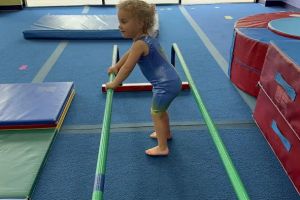
The Little Gym of Katy / gymnastics katy tx
23010 Highland Knolls Dr A, Katy, TX 77494, USA
3. The Technique Behind Popping and Locking
To truly understand popping and locking, it’s essential to break down the techniques behind each style. Both require a high level of body control, rhythm, and timing. Let’s look at the key elements:
3.1 Popping Technique
The core technique in popping is muscle isolation. Dancers create a sharp, jerking movement by contracting and relaxing specific muscles in their body. This is typically done in time with the music's beats. A popular popping technique is called the "hit," where the dancer tenses their muscles to create a quick, strong motion, mimicking the sensation of an electrical pulse or sudden jerk.
3.2 Locking Technique
Locking is about creating bold, strong poses and then "locking" into them for a beat. This creates a visual pause in the dance, making the next movement stand out. A key part of locking is the “lock,” where the dancer stops abruptly, freezes in a pose, and then quickly transitions into another energetic movement. Locking requires both physical precision and emotional energy to match the upbeat music.
4. Tips for Beginner Dancers
If you're just getting started with popping and locking, here are some tips to help you get off on the right foot:
4.1 Start with the Basics
Before diving into complex routines, focus on learning the fundamental moves of popping and locking. Practice the "pop" by isolating your muscles and getting a feel for the quick, controlled movements. For locking, work on mastering the basic lock poses and smooth transitions between them.
4.2 Focus on Timing and Rhythm
One of the most important aspects of these dance styles is timing. Make sure to dance in sync with the music, paying close attention to the beat. This will help your moves look more natural and in tune with the rhythm of the song.
4.3 Use Your Entire Body
Both popping and locking involve full-body movement, so don’t just focus on one part of your body. Engage your entire body, from your head to your feet, to create the illusion of fluidity and control. Practicing in front of a mirror can help you perfect your form and fluidity.
5. How Creative Edge Dance Studio Can Help
At Creative Edge Dance Studio, we offer specialized classes that focus on funk dance styles like popping and locking. Whether you're a complete beginner or looking to take your dance skills to the next level, our instructors provide personalized guidance to help you master the techniques and have fun while learning.
With a supportive community and expert instruction, Creative Edge Dance Studio is the perfect place to explore these exciting dance styles. Join us today and start your journey into the world of funk dancing!

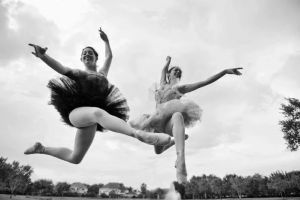
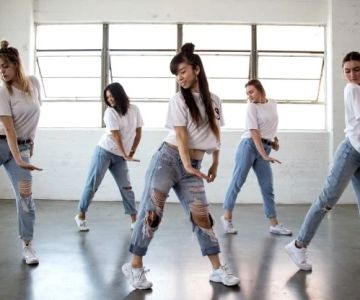
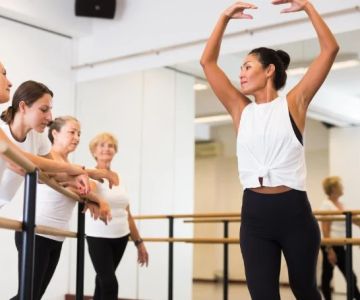

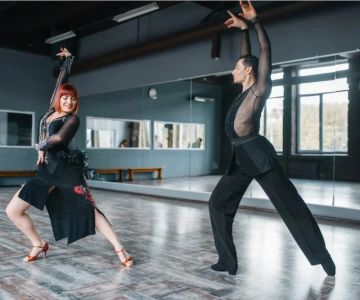

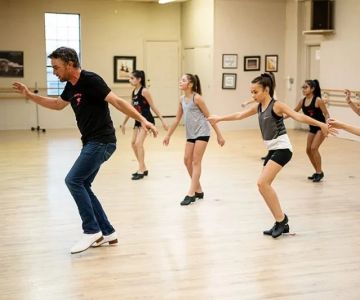
 DeBaugh Dance Company5.0 (7 reviews)
DeBaugh Dance Company5.0 (7 reviews)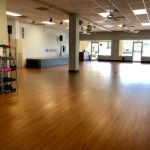 Jazzercise Stuart Fitness Center4.0 (10 reviews)
Jazzercise Stuart Fitness Center4.0 (10 reviews) Wildflower Pole Fitness LLC0.0 (0 reviews)
Wildflower Pole Fitness LLC0.0 (0 reviews) Studio 16 Dance Center by Karie Horton5.0 (3 reviews)
Studio 16 Dance Center by Karie Horton5.0 (3 reviews) Masterworks School of the Arts4.0 (29 reviews)
Masterworks School of the Arts4.0 (29 reviews) Glow Up Dance Studio5.0 (6 reviews)
Glow Up Dance Studio5.0 (6 reviews)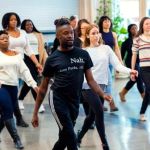 What is Voguing? History and Where to Take Classes
What is Voguing? History and Where to Take Classes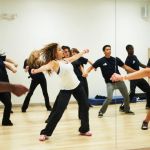 How to Overcome the Fear of Dancing in Front of Others: Practical Tips and Insights
How to Overcome the Fear of Dancing in Front of Others: Practical Tips and Insights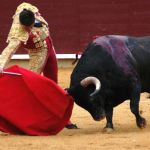 What is Pasodoble? The Spanish Bullfight-Inspired Dance
What is Pasodoble? The Spanish Bullfight-Inspired Dance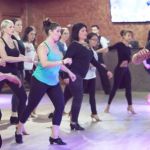 The Pros and Cons of Large Group vs. Small Group Dance Classes
The Pros and Cons of Large Group vs. Small Group Dance Classes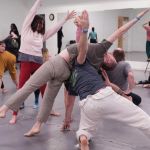 What is Dance Improvisation? How to Start Being Spontaneous
What is Dance Improvisation? How to Start Being Spontaneous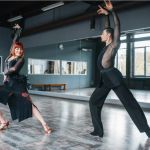 My Experience With Dance Studio Management — Insights from Behind the Scenes
My Experience With Dance Studio Management — Insights from Behind the Scenes